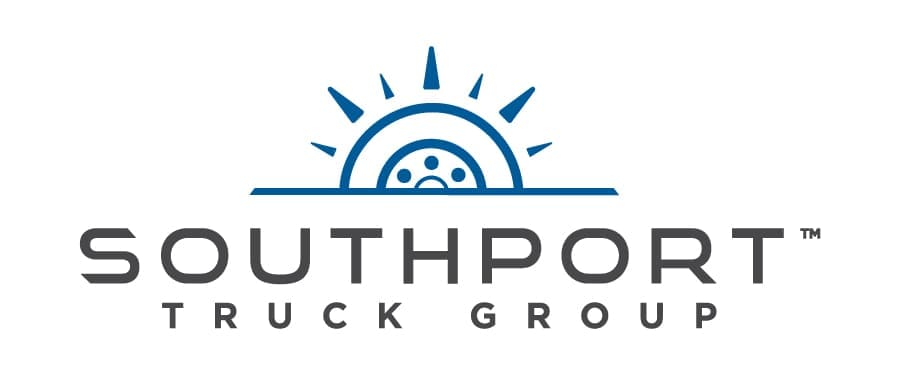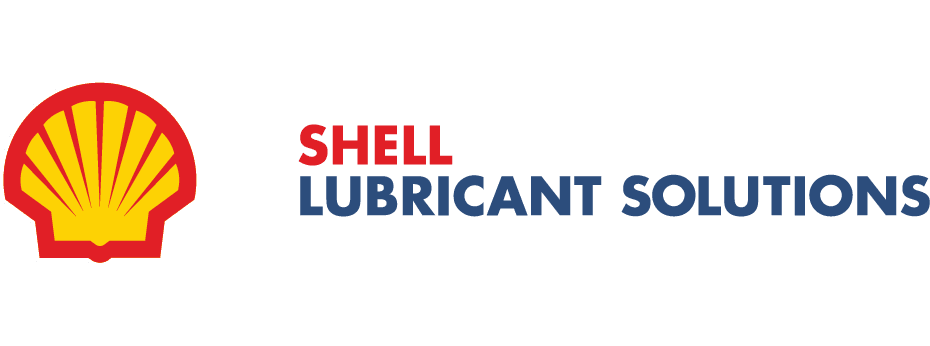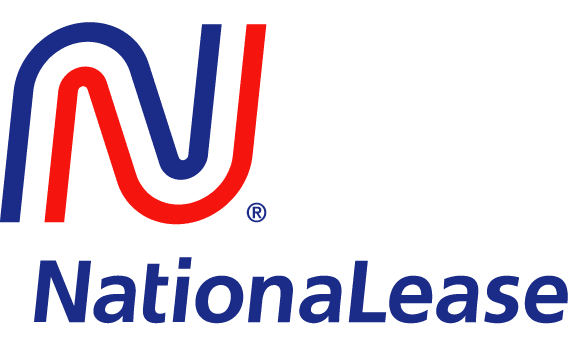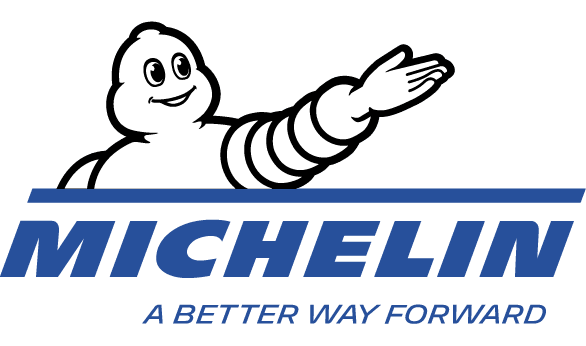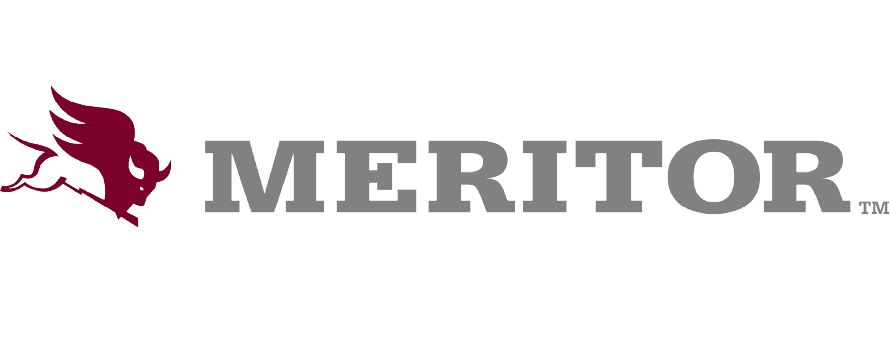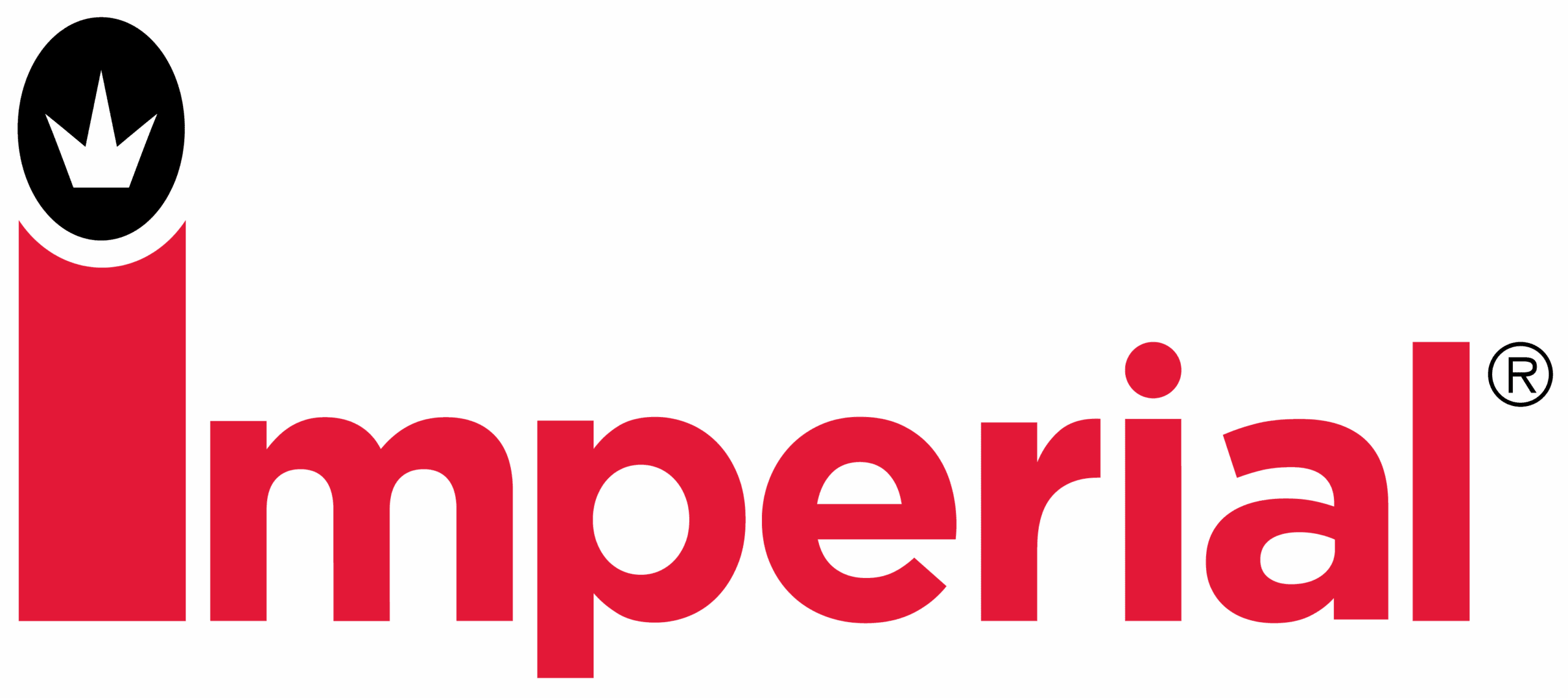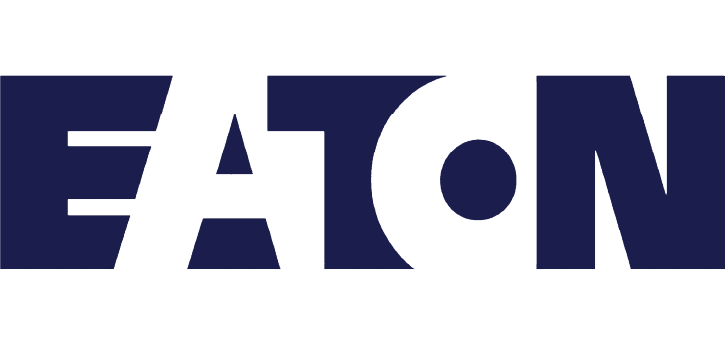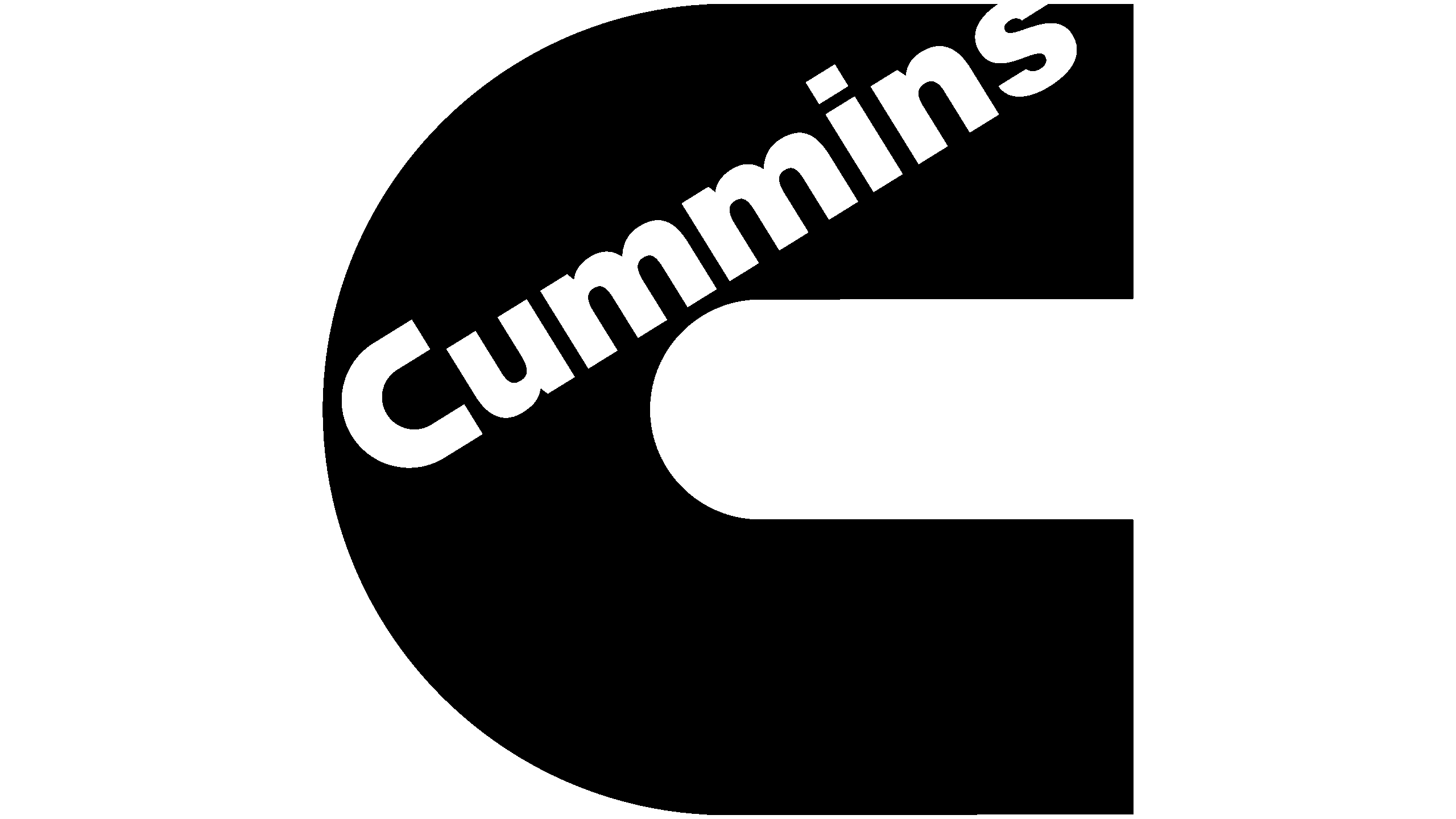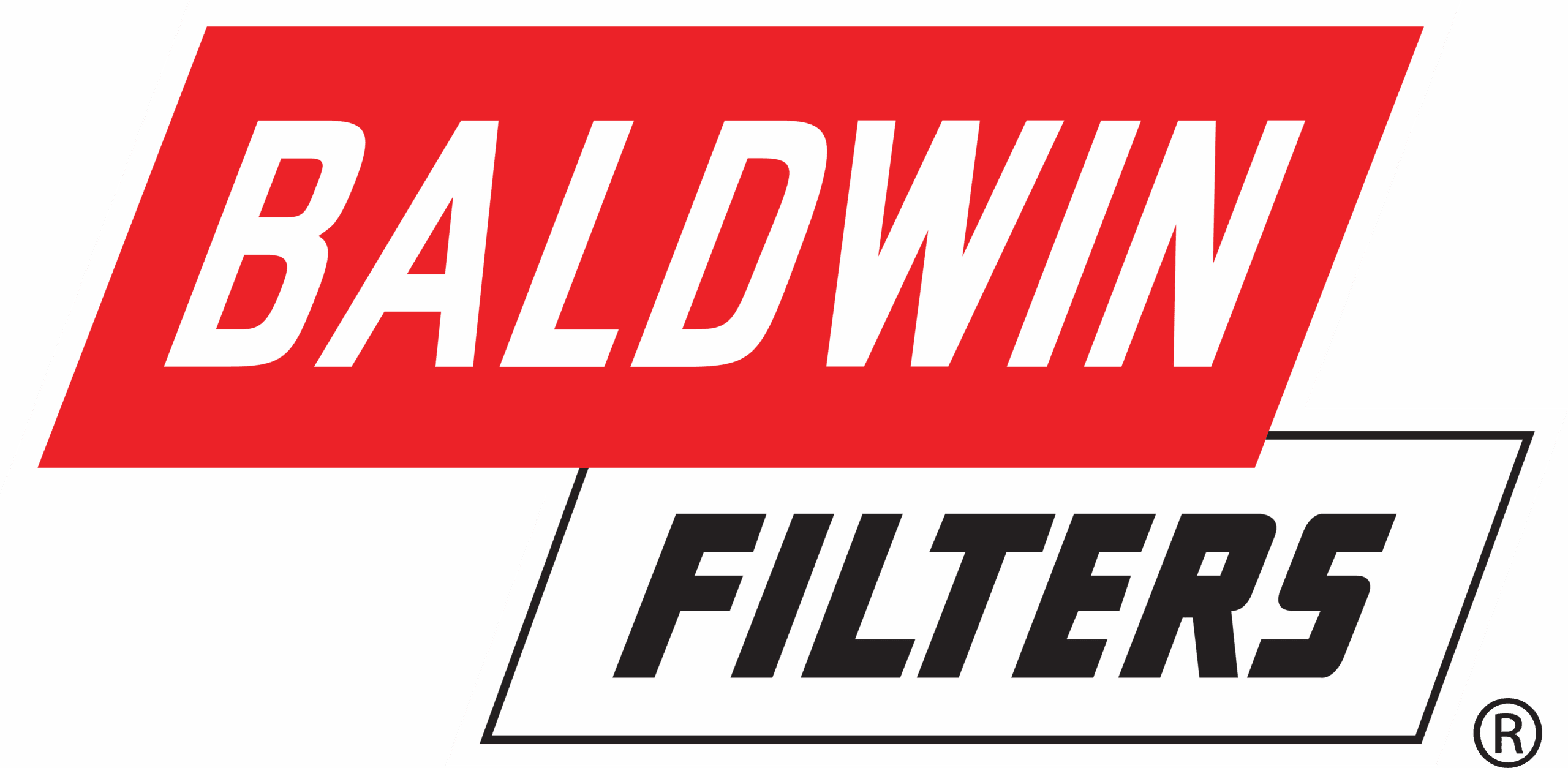How managed AR and AP are shaping finance’s next chapter
Home - How managed AR and AP are shaping finance’s next chapter
Corcentric

Key Takeaways:
- Finance teams are now strategic drivers, with AP and AR critical to cash flow, compliance, and resilience.
- Managed services unify people, processes, and tech, going beyond basic AP and AR automation to improve control and performance.
- Automation boosts DSO/DPO efficiency, enabling smarter, faster financial decisions and better cash flow management.
- Built-in compliance and fraud controls help businesses stay audit-ready and secure in a rapidly changing environment.
- Corcentric delivers end-to-end transformation, acting as a strategic partner — not just a provider — to optimize financial operations.
What once felt like routine back-office work is now center stage. AP and AR teams are being asked to move faster, see further, and deliver control in a financial environment that never stops shifting. The days of siloed payables and receivables operations are giving way to something far more integrated, strategic, and urgent: finance as a driver of cash flow, compliance, and resilience.
At the center of this shift is a new model for accounts payable (AP) and accounts receivable (AR) — one that goes beyond software and automation alone. Managed finance services are stepping in to unify systems, streamline decision-making, and reduce risk in ways that traditional tools simply can’t. As regulatory pressure mounts and fraud risks evolve, the need for precision in accounts payable and receivable management has never been greater.
Yet, even with technology advancing, many companies still struggle to balance efficiency and control. Key metrics like DSO (days sales outstanding) and DPO (days payable outstanding) often suffer from short-term fixes or incomplete visibility. Compliance requirements vary by region and industry, making it harder to stay audit-ready. And fraud, especially in accounts payable, continues to exploit gaps in processes and oversight.
The future of accounts payable and receivable lies in their growing influence across the business. From protecting margins and preventing fraud to unlocking working capital and enabling faster decisions, finance now plays a central role in shaping how organizations operate, grow, and stay resilient.
What are managed AR and AP?
Finance transformation starts with technology, but its real challenges are rooted in how operations, teams, and workflows come together. Many companies assume that deploying automation tools or outsourcing isolated tasks will fix inefficiencies in their AP and AR processes. But what often happens instead is a patchwork of systems, fragmented data, and workflows that still require manual oversight. The result is slow payments, late collections, poor visibility, and limited scalability.
Managed accounts receivable and payable services offer a different path. Rather than relying on disconnected solutions or passing off responsibility to outside vendors, managed services unify people, processes, and technology under one strategic umbrella. Corcentric’s model combines automation with deep finance expertise and continuous oversight, delivering speed and control without compromise.
The shift toward AP and AR automation via managed services means finance leaders gain more than software. They get a partner that actively runs their receivables and payables functions, applying best practices, optimizing performance, and tailoring workflows to specific business needs. Every invoice, every payment, and every exception are handled with consistency, transparency, and strategic intent.
That’s a key differentiator from basic automation or outsourcing:
- Automation excels at executing routine tasks — matching invoices, sending reminders, flagging anomalies — but typically lacks flexibility and strategic context.
- Outsourcing offloads labor but often creates new silos and weakens internal visibility.
- Managed services provide execution and insight with a team embedded in your operations.
Consider a mid-sized logistics company that struggled with high DSO and inconsistent payment cycles. Its internal team was using outdated ERP modules patched with third-party automation scripts. When the company moved to a managed AP and AR model with Corcentric, it replaced redundant workflows with unified systems and gained access to real-time performance data. Within months, collections accelerated, payment errors declined, and working capital availability improved — not because a tool changed, but because the entire process did.
Managed AR and AP services are especially valuable in industries with high transaction volumes or regulatory complexity — think manufacturing, healthcare, transportation, or professional services. Every delay or deviation from policy in these sectors can impact compliance, cash flow, or customer satisfaction. A managed approach ensures that every part of the finance lifecycle — from invoicing to payment reconciliation — follows a disciplined, optimized path.
As more businesses recognize that automation alone can’t solve for complexity or scale, managed finance operations are becoming the default choice for long-term transformation. They give finance teams the tools and insight to operate with confidence, improve performance, and stay ahead of what’s coming.
How AP automation impacts cash flow and DSO/DPO
Few metrics reveal a company’s financial health more than days payable outstanding and days sales outstanding. Together, they frame how effectively an organization moves cash — both in and out. Yet, despite their importance, many businesses consistently struggle to influence these benchmarks. That’s where AP automation, when strategically deployed, can unlock real momentum.
At its core, DPO reflects the average number of days a company takes to pay suppliers. A longer DPO can support short-term liquidity, but if pushed too far, it risks damaging supplier relationships or affecting credit terms. On the other hand, DSO measures how long it takes to collect invoices, a key indicator of revenue realization and operational efficiency.
Organizations that rely on manual or partially automated workflows often find themselves stuck in reactive cycles. Payment timing becomes guesswork. Cash flow forecasting lacks precision. Vendor discounts are missed. And collections fall through the cracks. These are exactly the pain points that AP and AR automation is built to solve.
Automation transforms finance by putting control back in the hands of the team for smarter, more timely decisions. Finance teams equipped with automated tools can proactively manage when payments are issued, which invoices are prioritized, and how collections are coordinated. Payment terms can be aligned to supplier preferences and cash flow goals, creating a balanced approach to preserving liquidity and maintaining trust.
Consider how this plays out differently across industries:
- In healthcare, providers often need to maintain a lower DPO to secure timely access to critical supplies. Automation helps avoid late fees and disorganization by streamlining invoice approvals and documentation, which is particularly valuable in an industry where compliance and audit readiness are always top-of-mind.
- For wholesale distributors, a higher DPO may be advantageous. Holding inventory longer while deferring payments gives them breathing room. AP automation helps strike that balance responsibly by scheduling payments based on vendor terms, early payment incentives, and overall liquidity needs.
However, the benefits of AP automation for DPO aren’t confined to tactical improvements. They also extend into strategic planning. With real-time visibility into payables and receivables, finance leaders can model different scenarios, identify bottlenecks, and make faster, more informed decisions. End-of-month snapshots and manual reports have been replaced by live insights that support faster, more confident decisions.
Corcentric’s AP automation solutions go a step further by customizing payment strategies to each business’s goals. Some clients aim to extend DPO to improve working capital. Others prefer early payments to strengthen supplier relationships and gain leverage in negotiations. Either way, the ability to manage those decisions with clarity and confidence separates efficient organizations from exceptional ones.
Ultimately, collecting accounts receivable efficiently and managing payables with foresight requires more than automation alone. It demands a platform and partner that understand how to turn payment timing into a lever for growth. And that’s precisely what modern finance teams are now prioritizing.
Achieving compliance and mitigating fraud risks
Compliance used to be a static checkbox. Today, compliance is a moving target — and a constant source of pressure for finance teams. As tax regulations evolve, e-invoicing mandates expand, and data privacy rules shift across regions and industries, finance leaders face a landscape where mistakes can damage both the bottom line and the brand.
At the same time, fraud is becoming more sophisticated. Social engineering, business email compromise, and payment redirection schemes are targeting accounts payable departments at alarming rates. Meanwhile, on the receivables side, inaccurate invoicing or unsecured data transmission can lead to breaches or fines. Effective accounts payable and receivable management must now prioritize both compliance and fraud prevention without sacrificing operational efficiency.
Meeting accounts payable compliance requirements involves far more than paying vendors on time. Vendor data must be accurate and up to date. Tax documentation must be correctly collected and stored. Approval workflows must align with both internal controls and external audit standards. On the receivables side, accounts receivable compliance requirements include maintaining invoice accuracy, tracking payment behaviors, and adhering to region-specific documentation standards.
It’s a lot to manage — especially for teams still juggling spreadsheets, legacy systems, and ad hoc processes. That’s where Corcentric’s managed finance services change the game.
Rather than placing the burden of compliance on internal teams, Corcentric embeds audit-ready workflows into every transaction. Automated validation, proactive change tracking, and policy enforcement become part of daily operations, not afterthoughts. This means invoices aren’t just processed quickly; they’re processed correctly. Documentation is always in place when regulators, auditors, or internal stakeholders come calling.
Corcentric’s managed AP and AR solutions provide a built-in structure that helps finance teams move faster without sacrificing oversight. Teams benefit from:
- Audit trails and documentation embedded in every transaction.
- Automated workflows that enforce internal policies and support real-time validation.
- Ongoing regulatory monitoring to stay ahead of regional and global changes.
- Expert guidance for risk mitigation and best practices in risk management in finance.
E-invoicing has introduced another layer of complexity. Governments worldwide are moving toward electronic formats that require real-time validation, region-specific fields, and centralized storage. Europe and Latin America, for example, demand strict formatting and long-term traceability. Meeting these e-invoicing compliance guidelines requires integration with government portals, data standardization, and audit-friendly archives.
With Corcentric’s help, companies stay ahead of these mandates without building custom solutions from scratch. Managed services allow businesses to respond to new regulations quickly while maintaining operational momentum.
But compliance isn’t the only risk. Preventing fraud in accounts payable is equally critical. Fraud schemes frequently exploit manual gaps such as unverified payment changes, unauthorized vendors, or rushed approvals. Corcentric’s managed AP solution adds guardrails at every step, from vendor onboarding to payment release. Built-in alerts, dual-approval workflows, and transaction visibility help spot anomalies before money moves.
The same rigor applies to the AR side. Accounts receivable fraud may involve fake payments, altered invoice details, or intercepted funds. Corcentric’s managed AR services provide traceability and consistency to reduce the chances of missteps that expose your business.
When finance teams are stretched thin, it’s easy for compliance and fraud controls to slip. But that doesn’t have to be the case. By moving to a managed model, organizations gain operational speed and peace of mind — with expert oversight that protects revenue, reputation, and relationships.
End-to-end transformation: From procure-to-pay to order-to-cash
Disconnected systems remain one of the biggest obstacles in finance, often slowing processes, obscuring visibility, and weakening cash control across departments. Tools for procurement, billing, payments, and collections often operate in isolation, creating bottlenecks, blind spots, and duplication across departments. That fragmentation slows down finance operations and weakens cash visibility across the business.
True transformation doesn’t stop at automating isolated workflows. It requires aligning the entire financial journey — from the first purchase order to the final payment receipt. The order-to-cash (O2C) and procure-to-pay (P2P) processes must be coordinated as part of a continuous, data-driven financial strategy. When done right, that connection reveals opportunities to accelerate collections, stretch payables without harming vendor relationships, and forecast cash with greater precision.
The P2P process covers sourcing, purchasing, invoice approvals, and vendor payments. If approvals stall or vendor terms aren’t well-managed, the result is late payments, missed discounts, and weakened supplier trust. On the other hand, the O2C process encompasses order management, invoicing, credit control, and collections. Delays here affect revenue recognition, increase DSO, and frustrate customers.
Disconnected systems often lead to reactive problem-solving. Late invoice approvals in P2P may delay AP, which affects DPO. Inconsistent credit terms in O2C may slow collections and push DSO higher. Without visibility across both processes, finance leaders are forced to make cash decisions with only half the picture.
Corcentric offers dedicated solutions for both P2P and O2C, enabling finance teams to manage upstream and downstream workflows with greater alignment and transparency. While AP and AR are handled through separate platforms, using them together creates a unified framework that enhances visibility, connects people and data, and empowers finance leaders to make confident, forward-looking decisions.
Let’s say a procurement leader needs to delay nonessential purchases due to a cash constraint. With coordinated insights from both receivables and payables, finance can assess which AR is projected to close soon, how much AP is due, and what can be renegotiated without disrupting operations. That level of agility isn’t possible with scattered tools and siloed teams.
Beyond the immediate efficiencies, connected AP and AR automation enables finance to contribute more strategically across departments. Procurement gains better spend visibility. Sales understands how AR impacts revenue. Treasury can model working capital scenarios in real time.
By combining managed services with powerful software, Corcentric enables businesses to unlock value without overhauling their existing finance stack. Even when AP and AR solutions operate independently, organizations benefit from improved coordination, streamlined workflows, and the flexibility to scale as their needs grow.
Corcentric vs. competitors: What makes a strategic partner, not just a provider?
Plenty of vendors offer automation platforms or outsourcing options for AP and AR. Some focus narrowly on invoice processing. Others specialize in payment scheduling or collections. A few provide consulting without day-to-day operational support. The common thread? Most are transactional — built to deliver tools or labor, not outcomes.
Corcentric takes a different approach. Rather than offering tools or outsourcing tasks, Corcentric becomes an extension of your finance team — evolving with your needs, aligning with your industry, and delivering clarity across the entire financial lifecycle.
Where some providers sell platforms and step back, Corcentric stays engaged. Building long-term value means going beyond AP automation tools and reshaping the systems that support every part of the finance lifecycle. That includes:
- Deep industry expertise across verticals like manufacturing, healthcare, logistics, and financial services.
- Customization that aligns managed services with specific business goals and internal policies.
- Hands-on guidance to optimize processes across both the order-to-cash and procure-to-pay processes.
- A unified service model that combines people, process, and platform — not one at the expense of the others.
Compare that to point-solution competitors like Coupa, which specializes in spend management but doesn’t handle receivables, or SAP Ariba, which focuses heavily on procurement workflows without offering full-scale AR management. Others, like Bill.com or MineralTree, excel at automating specific tasks but lack broader strategic integration.
What makes Corcentric different is the focus on managed transformation. Corcentric leads that transformation as a hands-on partner, working alongside finance teams to guide decisions, improve control, and deliver measurable results. That level of partnership is essential when optimizing complex benchmarks like DSO, DPO, or compliance KPIs. When a payment cycle breaks or collections slow down, Corcentric is already working on the fix — not waiting for a ticket to be submitted.
As fraud risks grow and compliance burdens increase, having a responsive partner with embedded controls is far more valuable than another dashboard.
That level of partnership makes all the difference for companies looking to move beyond incremental gains and toward complete finance transformation. By improving cash control and compliance, Corcentric equips finance teams to scale with confidence and deliver consistent business impact.
Turning finance into a growth engine
Finance leaders have more responsibility — and more opportunity — than ever before. What was once a back-office function has become a central force in shaping liquidity, reducing risk, and driving strategic growth. However, organizations need more than scattered tools and partial automation to meet that potential.
The future of AP and AR lies in turning process into strategy, with support that empowers finance teams to lead with clarity and purpose. By adopting a managed services model, businesses can align AP and AR into a seamless, strategic process that powers cash flow, improves compliance, and minimizes fraud risk.
Corcentric delivers that transformation not through software alone but through a partnership grounded in results, insight, and adaptability. From day-to-day execution to long-term strategy, Corcentric turns finance into a function that leads day in and day out.
Ready to explore how managed services can optimize your AR and AP operations?
Contact Corcentric today to start the conversation.





